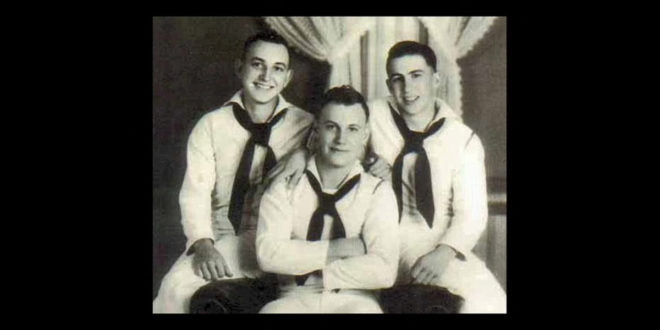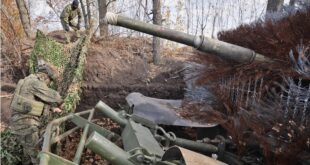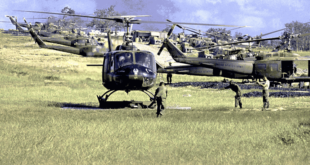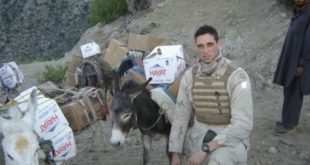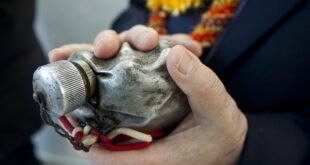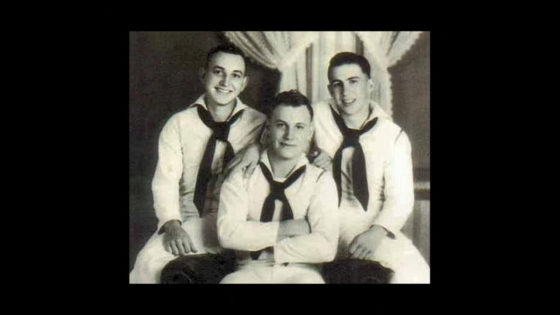
USS Oklahoma Brothers Accounted For From World War II (Barber, M., L., & R.)
The remains of three New London Barber brothers who died during Pearl Harbor have been identified.
The Defense POW/MIA Accounting Agency (DPAA) announced today that brothers, Navy Fireman 1st Class Malcolm J. Barber, 22, Navy Fireman 1st Class Leroy K. Barber, 21, and Navy Fireman 2nd Class Randolph H. Barber, 19, of New London, Wisconsin, killed during World War II, were accounted for on June 10, 2021.
On Dec. 7, 1941, the Barber brothers were assigned to the battleship USS Oklahoma, which was moored at Ford Island, Pearl Harbor, when the ship was attacked by Japanese aircraft. The USS Oklahoma sustained multiple torpedo hits, which caused it to quickly capsize. The attack on the ship resulted in the deaths of 429 crewmen, including the Barber brothers.
From December 1941 to June 1944, Navy personnel recovered the remains of the deceased crew, which were subsequently interred in the Halawa and Nu’uanu Cemeteries.
In September 1947, tasked with recovering and identifying fallen U.S. personnel in the Pacific Theater, members of the American Graves Registration Service (AGRS) disinterred the remains of U.S. casualties from the two cemeteries and transferred them to the Central Identification Laboratory at Schofield Barracks. The laboratory staff was only able to confirm the identifications of 35 men from the USS Oklahoma at that time. The AGRS subsequently buried the unidentified remains in 46 plots at the National Memorial Cemetery of the Pacific (NMCP), known as the Punchbowl, in Honolulu. In October 1949, a military board classified those who could not be identified as non-recoverable, including the Barber brothers.
Between June and November 2015, DPAA personnel exhumed the USS Oklahoma Unknowns from the Punchbowl for analysis.
On December 7, 1941, Japanese bombs exploded into the hull of the USS Arizona, engulfing the ship in a giantfireballand leaving thousands dead. Amidst the destruction, one thing remained intact—the bond of brotherhood.
Like the waters of the Pacific, family ties ran deep on the Arizona. Serving aboard were
a father and son and 38 sets of brothers. Naturally, they wanted to be together.
Their families back home felt the same, but worried about losing all of their boys when disaster struck. These fears became reality as the sinking of the Arizona killed 23 sets of brothers and the father and son.
 Soldier of Fortune Magazine The Journal of Professional Adventurers
Soldier of Fortune Magazine The Journal of Professional Adventurers


